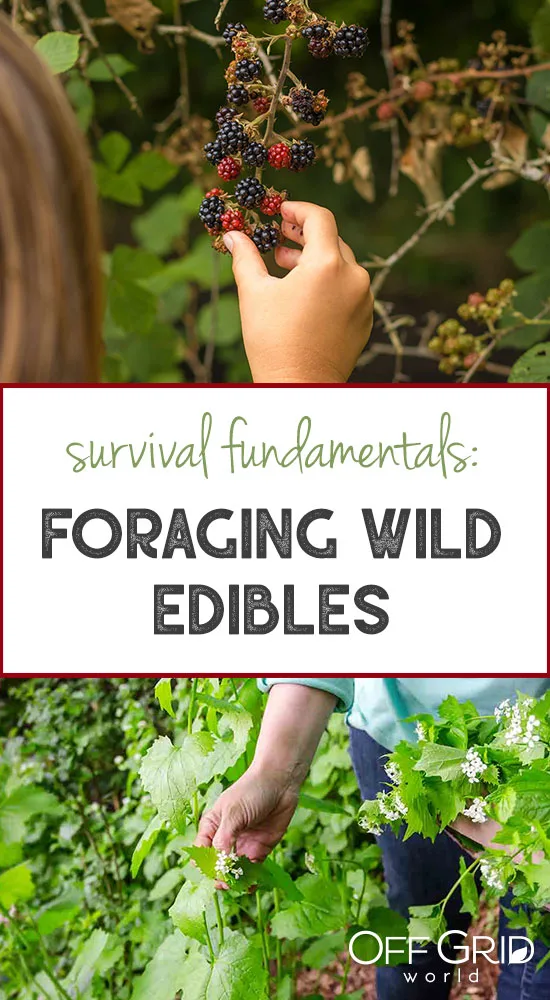In part one of our survival fundamentals series, we discussed the rule of 3 and how to find and purify water in the wilderness. Once you have your water situation squared away, it’s time to think about your source of survival food.
The Importance of Locating Viable Food Sources
When you are without food your cognitive abilities suffer, and that means your ability to make sound decisions will decrease, leaving you prone to accidents. Due to the ethics involved, it’s impossible to create a proper study in order to find out just exactly how long the human body can go without food before death. However, in a study presented in the British Medical Journal, it was pointed out that in modern-day hunger strikes, these strikes had to be halted after 21 to 40 days due to the risk of death.
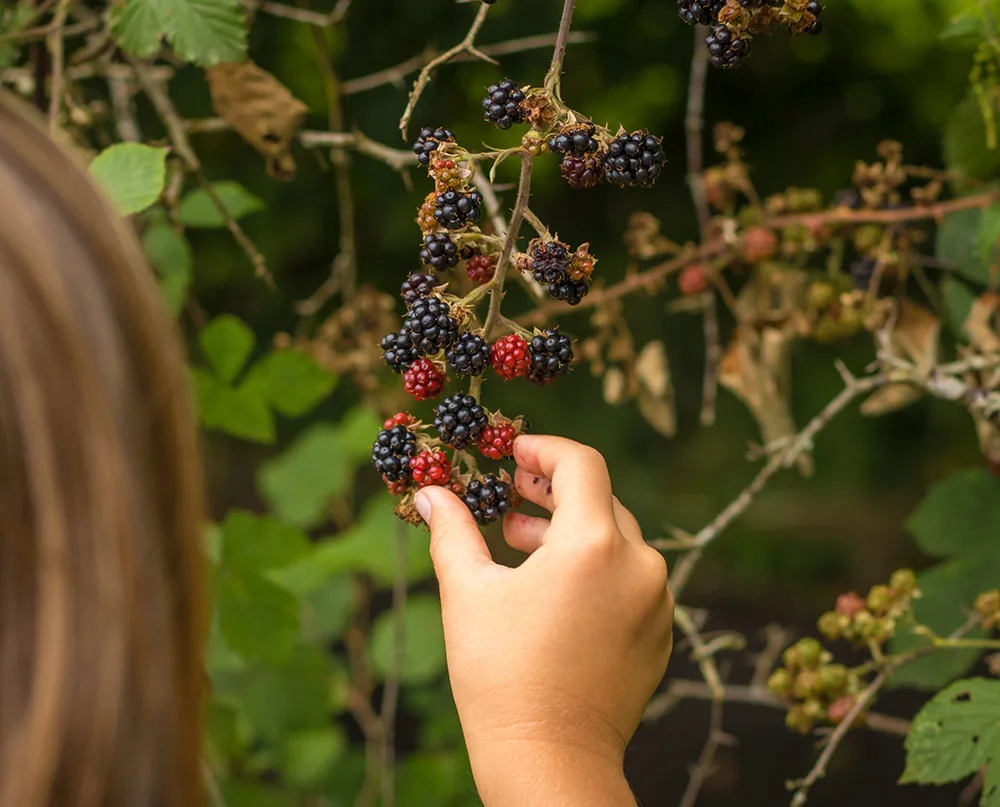
TheLiftCreativeServices/Shutterstock
When you are in the process of starvation, your body will begin to cannibalize itself. Usually, after 8 hours it begins to eat up the remaining glucose in your body. When your glucose supply is consumed, your body begins to feed on its amino acids, which translates to eating its own muscle tissue. To curb its consumption of muscle mass, it will rely more on consuming fat.
Your body creates ketones for energy. When this happens, the body is in a state of ketosis. Simply put, the more fat you have at this point, the longer you can live. Once your supply of fat is gone, your body will begin to rely on your muscle mass for sustenance. Some common symptoms of starvation include:
- Becoming dizzy and/or feeling faint
- Hypertension
- Dehydration
- Overall weakness
- Mood changes
- Organ failure
Foraging For the Healthiest and Most Beneficial Plants
Euell Gibbons brought forging for wild vegetation to the forefront, when he began introducing his methods of seeking, testing, and eating wild vegetation to the masses in the 1960s. As a result, the public began to realize that the wilderness was not a thing to be feared.
In short, it’s not hard to be a forager. In fact, it’s actually in vogue at the moment. All that’s needed is to take a good look around. For instance, did you know that you can actually eat the leaves of birch, beech, linden, hawthorn, and spruce trees? Well, you can.
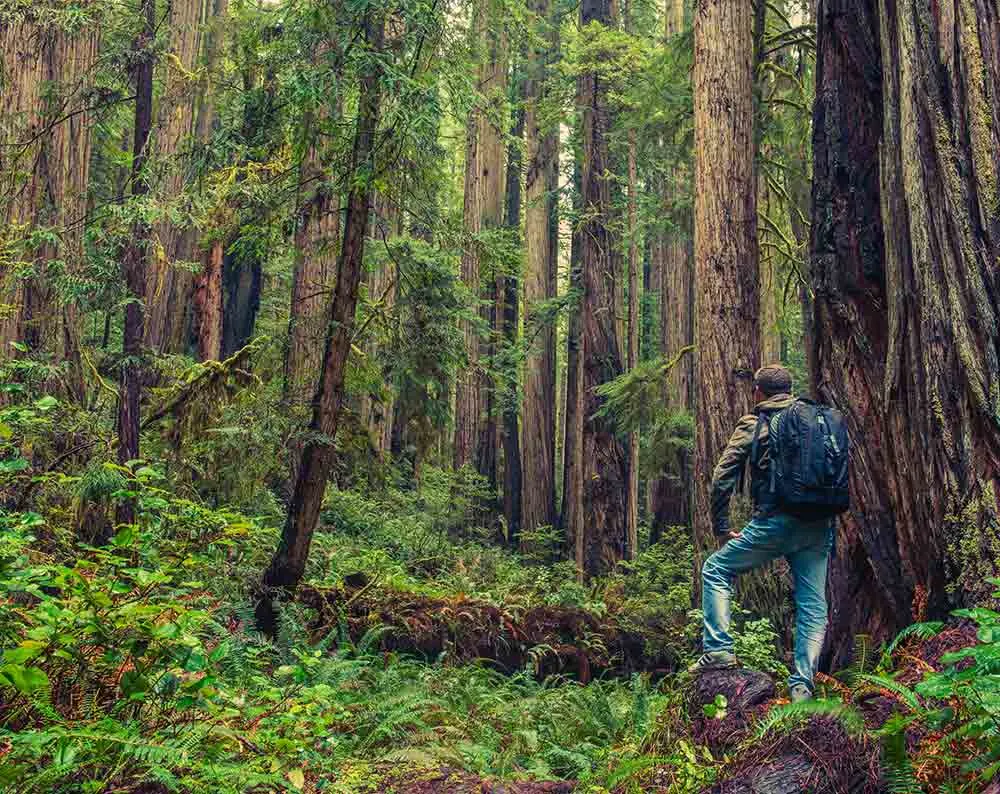
Virrage Images/Shutterstock
With that being said, it’s time to give you a heads-up on the best wild edibles in the wilderness. We’ll begin by sharing with you the plant species you are already familiar with, such as dandelions, cattails, and clover.
Since this is about survival, we’ll also include any medicinal benefits that each plant has to offer. We strongly encourage you to note the medicinal and nutritional benefits of each plant and plan on setting some aside for your wilderness medicine chest so they’ll be readily available should the need arise.
Note: always take extreme caution before consuming any plant you forage. Be absolutely sure you know what it is. Even experienced foragers have succumbed to death after eating misidentified plants. Always carry a field guide to help identify plants.
Dandelion
As far as wilderness survival foods go, you can’t do better than the everyday dandelion. You know this sometimes fuzzy, sometimes yellow blossom. The common dandelion flourishes just about everywhere. While this plant is usually considered a menace for lawn addicts, it is an absolute treasure to those lost in the wilderness, as it is very nutrient-dense.
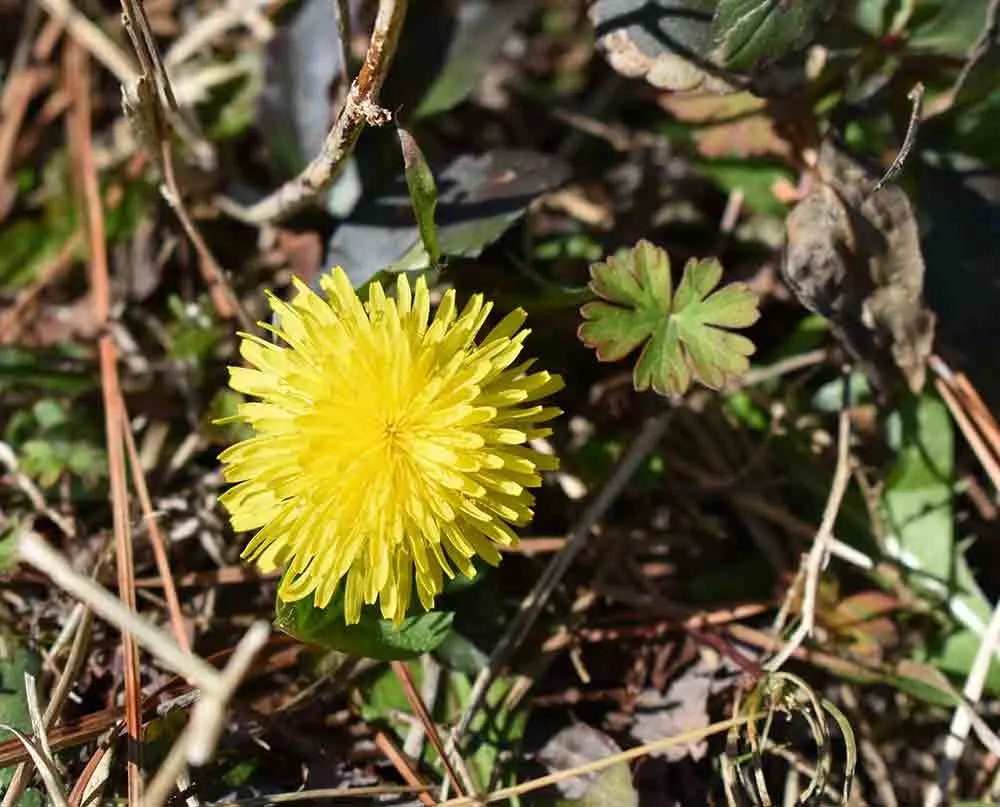
Known to be high in protein, vitamins A and C, as well as providing you with calcium and iron, this mineral-rich plant is entirely edible. This means you can feast on the leaves, flowers, and roots.
Dandelion is also important for its medicinal properties. Like the humble plantain, the dandelion assists with relieving digestion issues. Also, don’t be too quick to toss those milky stems away. It turns out that the milk you see in dandelion stems is very useful when it comes to soothing skin irritations due to its germicidal and fungicidal abilities.
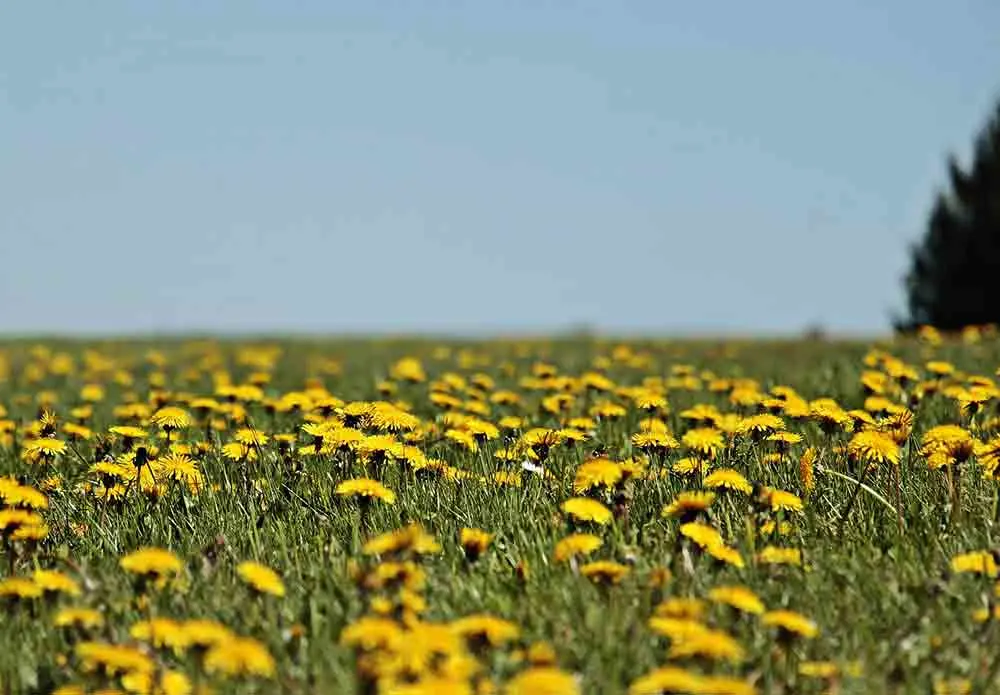
Plantain
If you find yourself in a survival situation, see if you can locate the plantain weed as soon as possible, as this is a great, easily accessible survival food. You’ve likely seen this familiar backyard weed many times, and probably never realized that it is one of the healthiest plants to eat.
One of the main reasons you want to locate this weed, in addition to its nutritional value and abundance, is that it’s excellent for treating diarrhea and other stomach issues. This is crucial when foraging in the wild, as you may drink contaminated water or accidentally ingest part of a plant that will make you ill.
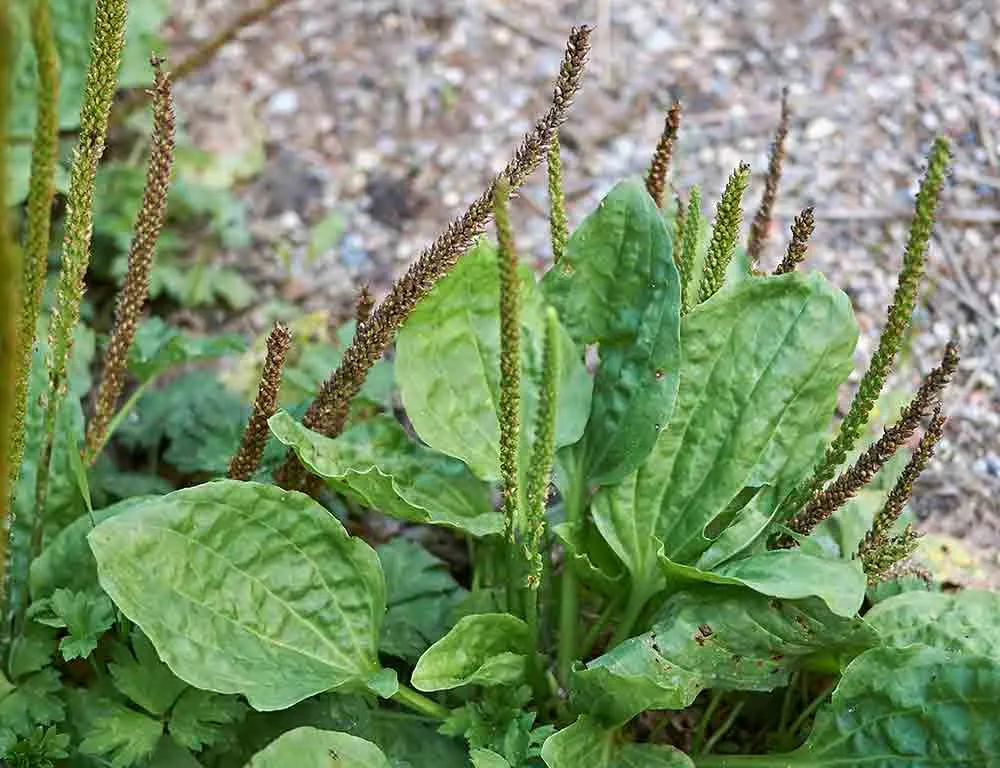
The leaves of this antimicrobial, anti-inflammatory plant are also useful as a treatment for skin irritations and flesh wounds due to the abundance of aucubin and allantoin in the plant. If you happen to come in contact with poison oak, poison ivy, or sumac, apply plantain leaves to the irritated skin immediately.
Common Yarrow
This tough weed is a staunch foe to most gardeners. That being said, it is also commonplace, and easy to locate, as it’s usually adorned with tiny little white flowers. The leaves are the edible part of the plant.

Once you’ve collected enough leaves to eat, remember to add some to your wilderness medicine chest, along with plantains and dandelions. The yarrow can be chewed, applied to wounds, and ingested to relieve stomach issues. In fact, this often overlooked plant was used to treat and dress wounds on the battlefield in decades past, so you’ll definitely want to keep some handy in case you cut yourself. Finally, if you’re a woman, yarrow has also been used to relieve menstrual cramps, which could prove useful.
Cattails
Most of us are familiar with cattails alongside ponds and in our fall floral arrangements, but did you know you can actually eat them? Simply peel the shoots, or munch on the flower heads for fiber, vitamins B6 and K, along with iron.
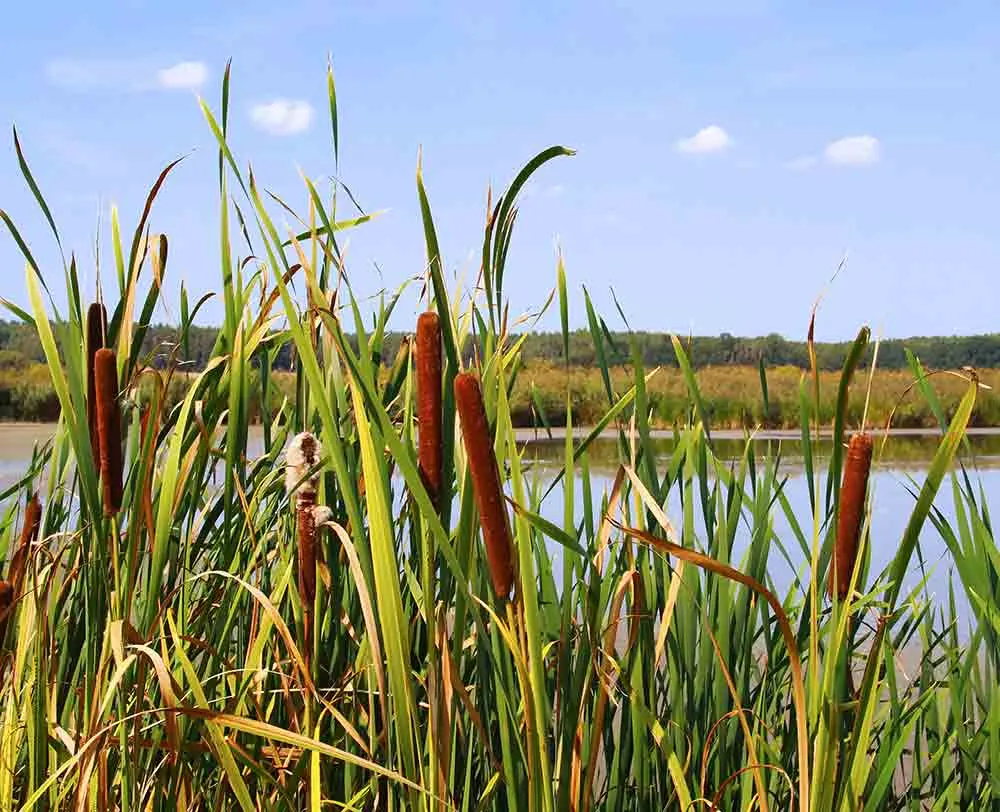
Another benefit of cattails: they grow near water. Cattails grow from 3 to 10 feet in height, so they’re easy to spot when you’re out foraging. So, if you locate this wetland plant, you not only have a food source, but you’ll also have water as well. But that’s not all. Take a look near the younger leaves for what they call, “cattail jelly”. This jelly has been used both internally and externally to reduce inflammation and pain.
Red Clover
There are probably more than a few of you out there who used to munch on these as kids. We’re talking about the flowers found on that superb wilderness survival food – red clover. Just pop the reddish-purple flowers off and eat. They have a rather pleasant, sweet taste to them.
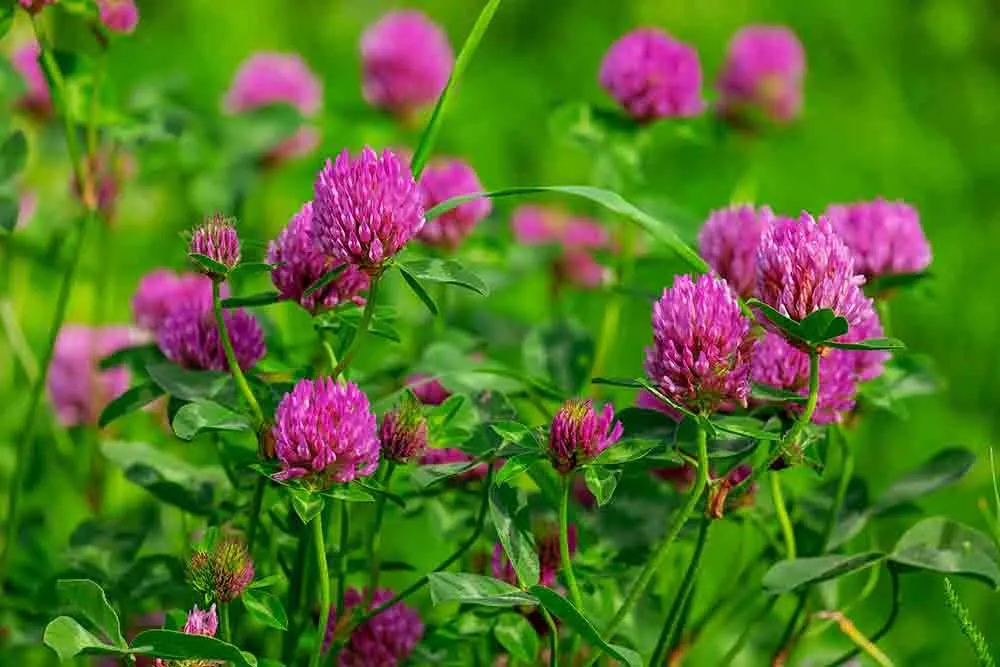
After dining on a few of these blossoms, don’t forget to add them to your wilderness medicine chest. Red clover flowers have been used for centuries as a topical aid for wound care. They are also known to help relieve body pain, as they are packed with salicylic acid. Be warned, they also contain a good amount of naturally occurring coumarin, which can thin your blood. If you are on blood thinner medications, avoid this plant
Berries
These nutrient-dense creations are considered extremely healthy to eat. However, the wrong berries can make you incredibly sick. According to celebrated botanist, Andrew Townesmith, it’s critical to only select berries that you are familiar with, such as blackberries and raspberries. Under no circumstances should you even try berries that are white or yellow in color.

How to Know What Plants to Avoid
When it comes to survival eating there is no sure method to spot a potentially poisonous plant. However, there are some helpful hints to get you started. Even if you find a plant you think is edible, it is still necessary that you complete the Universal Edibility Test, which we’ll talk about in a minute. When foraging, examine each and every plant for the following signs. If you come across any of these, reject them immediately:
- Plants with shiny leaves
- Plants with thorns
- White or yellow berries
- Seed pods
- Soapy tasting vegetation
- Anything that smells like almonds; this is cyanide
- Plants with leaves in groups of three
- Discolored or cloudy sap
- Mushrooms; unless you’re an expert at identifying them, best to stay away
- Flowers in the shape of an umbrella
Also, please avoid foraging plants from roadsides, as these plants have most likely been sprayed with dangerous herbicides and/or pesticides.
How to Test Wild Edibles
Survivalist experts suggest that unless you are quite knowledgeable of the local, edible plant life, to always test each and every plant, whether it looks familiar to you or not. Keep in mind that when survival eating, plants often look alike to the inexperienced traveler. What you may think as a harmless plant, could actually be hemlock (deadly), so take extreme care.

There are close to 800 known species of poisonous plants found throughout the United States. This makes it incredibly difficult to know which ones to eat, unless you are a survivalist, prepper, or botanist. In such cases, one should utilize the Universal Edibility Test.
Universal Edibility Test
When it comes to plants and edibility, they can be somewhat tricky. Some plants, like the dandelion, can be eaten in their entirety – flowers, leaves, and roots. However, other plants are not so nice. Many plants have both poisonous parts and edible parts, while some are only edible during certain seasons. As a result, you can see the need for some sort of method to detect the edibility of survival foods in the wild, and that is the Universal Edibility Test.
Here, you’ll be taking each part of the plant, and tasting a small bit, then waiting for 24 hours. This is time-consuming, so don’t waste a moment. Only look for plants that are present in great numbers.

Step 1
Forgo eating or drinking for 8 hours.
Step 2
Separate the plant into 5 parts:
- Flowers
- Leaves
- Buds
- Roots
- Stems
Step 3
As some insects are unhealthy, you do not want them interfering with the test, so check each section, removing any insect life before testing. Only eat fresh flora, while avoiding any rotted parts.
Step 4
Time to rub the plant on your skin. If you have a reaction, then do not eat the plant. This is known as the contact test.
Smash only one part of the plant at a time, such as the leaves. Rub it into the crux of your elbow, much like the process people use to test hair dye. Continue rubbing for 15 minutes, then wait patiently for 8 hours. During these 8 hours, you may drink plain water, but cannot consume any foods, as they may interfere with your test results. If you do not experience redness, welts, burning, or a rash, move to Step 5.
Step 5
If you can boil the plant, do so. If you cannot, then test it raw. Either way, take the plant and hold it up to your lips for 3 minutes. If the plant gives your lips an unpleasant feeling or reaction, then discard that part, and label it unfit for consumption. Begin the process with a new section, such as the roots. If no reaction, move on to Step 6.
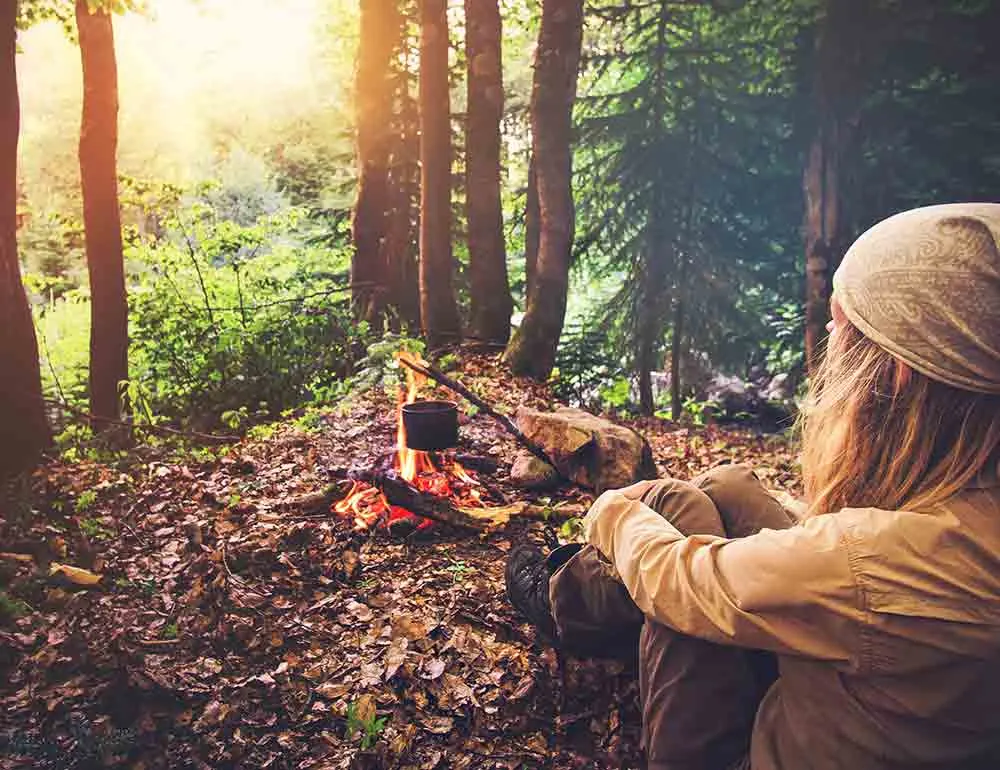
everst/Shutterstock
Step 6
Take that bit that was pressed up against your lips, and place it onto your tongue for 15 minutes. If you feel any irritation whatsoever, remove it and rinse out your mouth with plain water. Remove taste prejudices here. In other words, just because it tastes terrible does not mean it’s bad for you. However, if it burns or tingles, it is.
Step 7
If it sat on your tongue for 15 minutes and you notice no untoward effects, it’s time to start chewing. Again, you’re going to chew for a straight 15 minutes. Do not attempt to swallow yet. If you feel no unpleasant sensations, you’re good. If you do, remove the plant and rinse with plain water.
Step 8
If everything is fine, then it’s time to swallow. Again, you’ll wait for around 8 hours. Do not eat anything, as that will interfere with the integrity of the test results. You can drink plain water. If you feel sick, induce vomiting. If you feel alright, move to the next step.
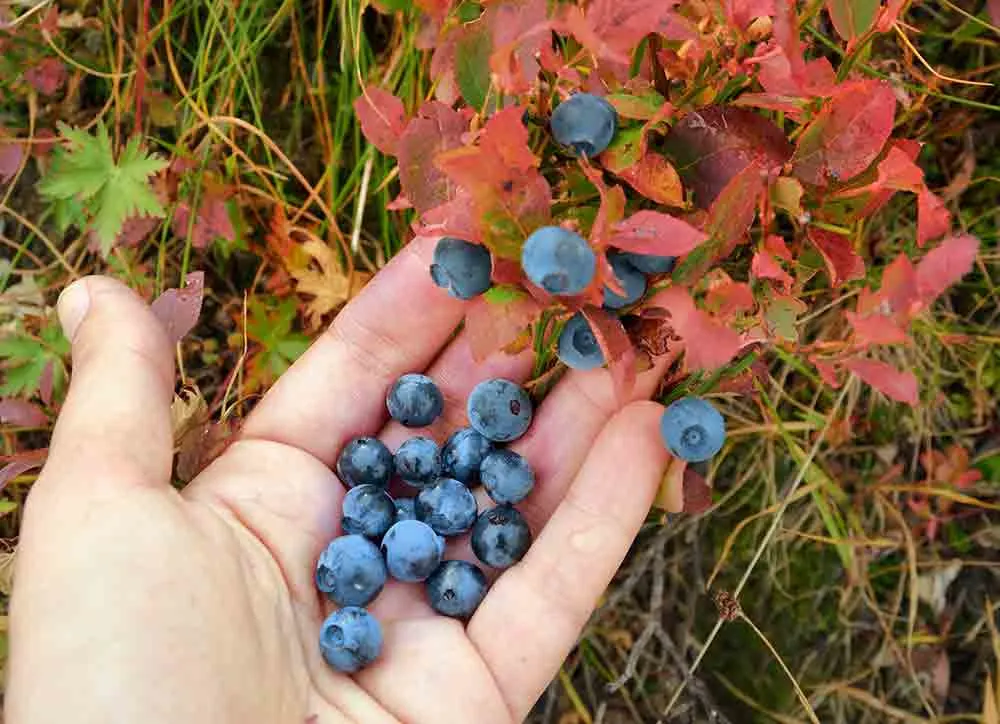
Brum/Shutterstock
Step 9
It’s time for a mouthful, so place approximately 1/4 cup of the plant in your mouth, chew, and swallow. Wait another 8 hours. If you’ve made it this far, congratulations! You’ve just found a plant you can eat.
As you can see from the above, the Universal Edibility Test is a rather lengthy process, so it will pay great dividends if you get to know the edible plants available to you by sight. It will increase your chances of survival and cut down on the physical exertion required by foraging.
***
Dan Patrick loves being active outdoors. Both prepping and exploring the great outdoors has been a lifestyle choice from an early age. Dan was taken on hiking and wilderness trails by his father from the age of five. Writing about his survival knowledge has become a passion too. You can read more about this at https://survivaldan.com.
